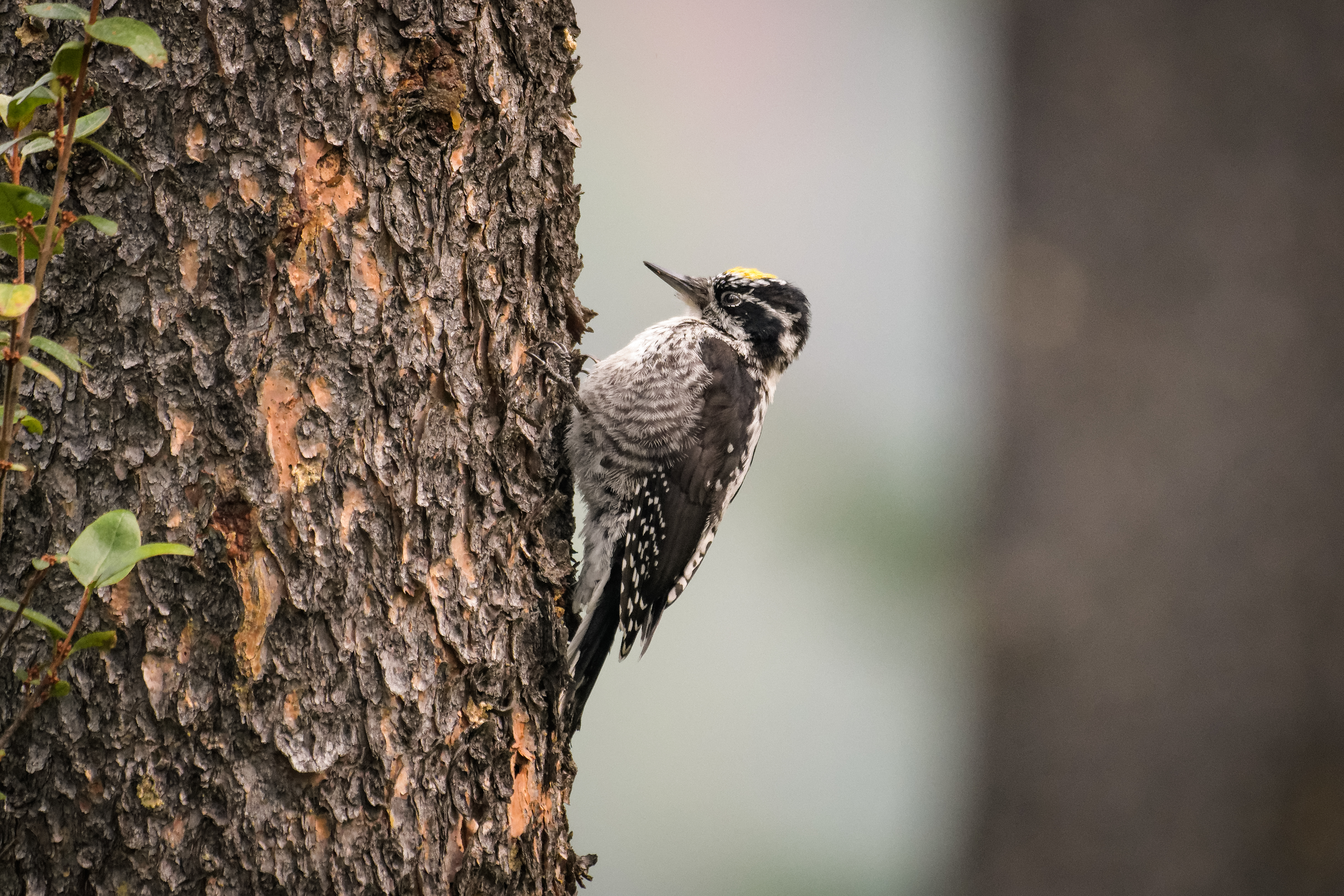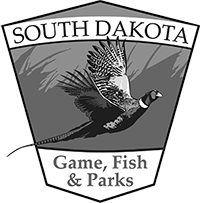Wildlife Lost and Found
By: Eileen Dowd Stukel | Wildlife Diversity Senior Biologist
Recovering America’s Wildlife Act is a potential game-changer for wildlife and outdoor enthusiasts.
“Three billion birds lost.” Unless you’ve been living under a rock lately, you’ve seen that headline. Rarely has a scientific study been reported so widely in the news or caused such a chilling reaction. Cornell Lab of Ornithology scientist Ken Rosenberg led a team in analyzing population trends for more than 500 bird species. They found a 30% decline in wild bird populations in the U.S. and Canada in the past 50 years, representing the loss of an estimated 2.9 billion individual birds. The study is titled “Decline of the North American avifauna.”
Perhaps you’ve suspected as much. Maybe you see or hear fewer birds in your neighborhood or attract fewer visitors to winter feeders. Wildlife biologists call these anecdotal reports that need verification to support valid, defensible conclusions. The findings of this study mesh with many other indicators of bird population declines, particularly among grassland birds, but also for familiar species like the Baltimore Oriole, Blue Jay and White-throated Sparrow. Conversely, some species increased since 1970, including the wild turkey and many species of waterfowl and raptors.
Birds are well studied because they are visible, popular with wildlife viewers and photographers, and often tallied and reported by birdwatchers. If these beloved species are declining at even close to the rates described in this analysis, what’s happening with wildlife that is not as easy to find and monitor, such as aquatic and terrestrial invertebrates, reptiles and amphibians, and nongame fishes and mammals?

State and tribal fish and wildlife agencies have a daunting challenge – to knowledgably manage for the needs of fish and wildlife species and their habitats within their jurisdictions. That charge includes not only high-visibility game and endangered species, but others with lower profiles among the public. These animals have lacked the attention needed to fully understand not only where they occur, but also the threats they face and whether they are in decline or doing just fine.
The Recovering America’s Wildlife Act, or RAWA, offers the best opportunity in decades to address these challenges. If passed and signed into law, RAWA will provide additional funds for fish and wildlife species, with priorities determined by state and tribal fish and wildlife agencies. Funding would supplement existing user-pay sources, such as the Wildlife and Sport Fish Restoration Program, which directs excise tax proceeds on applicable items to state wildlife agencies for work on birds, mammals and sport fish. New funds would provide reliable, dedicated funding to meet the needs of the remaining species, plus provide resources for environmental education, wildlife-associated recreation and funds for tribal wildlife agencies to help meet their fish, wildlife and habitat needs.
Although built on the shoulders of successful state-based wildlife management, RAWA does not follow the user-pay model, but instead proposes to redirect funds from the U.S. Treasury to state and tribal agencies. New funds will not be doled out indiscriminately. Every state wildlife agency has an approved Wildlife Action Plan or similar strategic plan that describes how they will address the needs of the full complement of species within their borders. Many of these plans are habitat based, crafted around the belief that by providing for the state’s array of native habitats, game and nongame species that rely on such habitats will be accommodated. Some species may need extra attention because they are very rare or depend on a unique habitat.
RAWA and state wildlife action plans will not eliminate the need for endangered species listings and rare species work, but the proactive approach will allow states to better identify and address vulnerable species and habitats before they decline to the point where “emergency room” measures are needed. RAWA also emphasizes the importance of continued work on recovering state or federal threatened or endangered species. Tribal wildlife agencies may not have a tribal wildlife action plan, but RAWA funds could be used to develop such plans and help tribes meet conservation, restoration, education, recreation and wildlife law enforcement needs.
Each state wildlife action plan has a list of species of greatest conservation need or species of conservation concern. These are species the agency believes represent the diversity and health of the state’s wildlife, and monitoring their status will help gauge whether action plan implementation is actually working. South Dakota’s Wildlife Action Plan currently identifies 104 species. These representative species depend on such habitats as grasslands, rivers, streams, lakes, caves and forests, the same lands that support outdoor recreation, agriculture, forestry, tourism, water needs and quality of life. Nationwide, there are more than 12,000 species of greatest conservation need. These will be the focus of RAWA funds. In addition to RAWA and state wildlife action plans providing a proactive fiscal model, outdoor recreation alone generates an estimated $1.9 billion per year in economic output in South Dakota.
How might South Dakota use the estimated $15 million per year in federal match funds provided through Game, Fish and Parks? The key to wildlife is habitat. These funds will allow SDGFP to better engage private landowners and other cooperators in habitat management and restoration activities that support existing land uses but also help accommodate a variety of species. We will build on existing state and federal landowner partnership programs and target new efforts to address rare or unique habitats. We can expand our outdoor education and wildlife-associated recreation programs. We can better understand and responsibly manage resources on our own properties to assure we are setting a good land stewardship example. These funds will allow us to expand on proven successful efforts, such as the variety of landowner programs we offer, give guidance for enhancing private lands for diverse habitats and species, and expand opportunities for outdoor recreation and ecotourism.
RAWA can help leverage existing partnerships, continue providing quality habitat on state lands to support wildlife needs and recreational uses, expand habitat and wildlife monitoring and research, particularly on resources that have lacked past attention, and continue to provide high-quality educational programs and training and opportunities to encourage new outdoor users.
As of the publication of this article, the U.S. House’s bipartisan RAWA bill continues to gain cosponsors and grass-roots support from a tremendously wide variety of interests. Such broad and varied support will be crucial to helping state wildlife agencies leverage and supply the required 25% match; in South Dakota’s case, that will amount to nearly $5 million in match each year. With these new resources and public support, perhaps future studies will report on new species found and not billions of birds lost.

